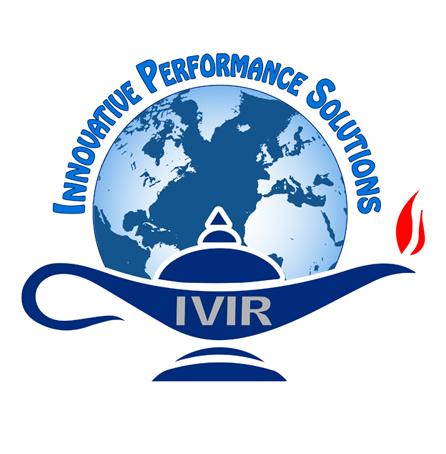Upon completion of the Requirements Analysis, IVIR uses content validation, experiential review, and verification of the identified and defined elements/base determinants to establishing consensus to move into the Educational Engineering process. Once this is accomplished, the identified tasks are decomposed into major learning domains: cognitive, affective, psychomotor, and judgment. By conventional definition, cognitive skills are any mental skills that are used in the process of acquiring knowledge. These skills include reasoning, perception, and intuition. Prior research has established that cognitive skill strength and efficiency correlates directly with a trainee’s ease of learning. The affective domain addresses a learner’s ability to appropriately apply knowledge and capabilities in skill performance. It includes a learner’s reaction to simulation to optimize learning and his or her confidence level in task performance. Judgment (decision-making) is the ability to effectively apply critical thinking skills in situations that practitioners will face in a field setting or other environments throughout the continuum of care to include reaction to adverse events. Higher level thinking about a process can only be applied once a mastery level of skill performance is attained.
Situational awareness, a critical component to decision-making, involves being aware of what is happening both in terms of patient condition, resource availability and the environment. It includes formation of a strategic mental model in order to understand how information, events, and one’s own actions will impact goals and objectives, both immediately and in the future. Lacking or inadequate situational awareness has been identified as one of the primary factors in accidents attributed to human error. Assessment of the situational awareness of learners will focus on the algorithmic order and timing of the sequence of completed events. Finally, the psychomotor domain refers to skills that require varying levels of well-coordinated physical activity and precise manipulative procedures. Psychomotor actions range from imitation, the early stages in learning a complex skill, to naturalization, where the performance of a skill is an automatic response. Basic motor actions that become components for skilled actions will be recognized for each identified skill and procedure. The psychomotor skillsets for the identified tasks will then be correlated to the cognitive skills framework, matching cognitive tasks to psychomotor behaviors.

Following these definitions (i.e., cognitive, affective, psychomotor), a baseline standard for training objectives can be established in which trainees will be able to demonstrate their ability to comprehend, apply, and evaluate information (clinical and non-clinical) relevant to their occupational roles, demonstrate technical proficiency in all the skills necessary to fulfill their roles, and will demonstrate behavior consistent within their environment. Thereby, all aspects of the learner’s capabilities will be engaged. Significantly, the resulting data allows the ability to construct a multi-part gap analysis. The gap analysis is a needs assessment tool to form a plan of action to mitigate the space between actual and potential performance with a comparison of which requirements are being met and which are not. The process involves determining, describing, and documenting the variance between requirements and current capabilities. This will include the identification of strengths and weaknesses of current methodologies/techniques against a developed research-based standard.



